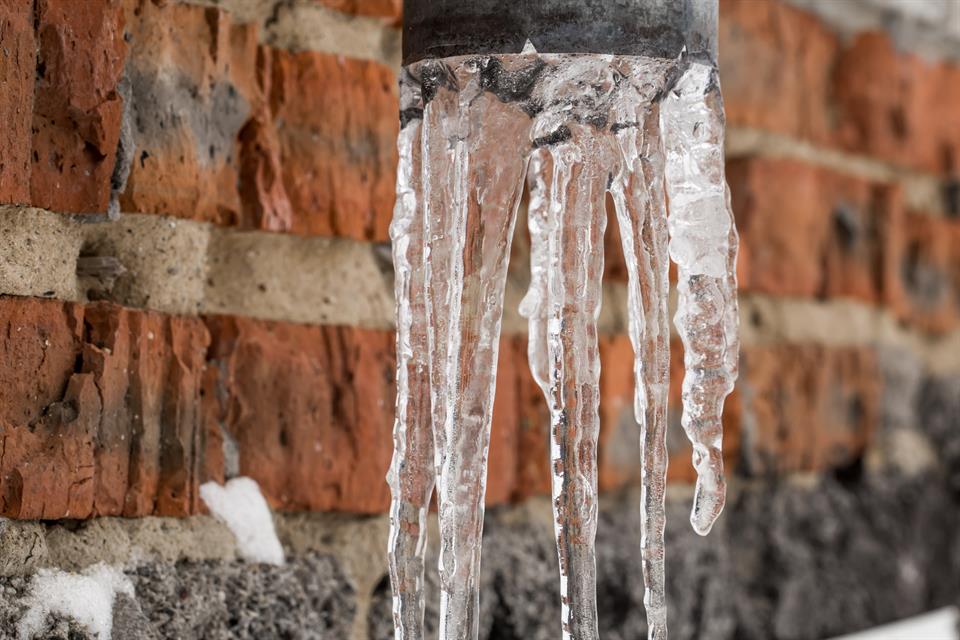Filing a Storm Damage Claim
Immediate Safety and Documentation
Before filing your claim, ensure everyone's safety and secure your property from further damage. Take extensive photos and videos of all damage from multiple angles, including wide shots showing the overall scene and close-ups of specific damage. Document the storm's date and time, and save weather reports as evidence. Create a detailed inventory of damaged personal property, including serial numbers and approximate values when possible.
Prevent additional damage by covering broken windows, tarping roof holes, or removing standing water, but keep receipts for emergency repairs as these costs are often reimbursable. However, avoid making permanent repairs until your adjuster inspects the damage.
Contacting Your Insurance Company
Report your claim as soon as possible, ideally within 24-48 hours of the storm. Most insurers offer 24/7 claim reporting through phone hotlines, mobile apps, or online portals. Have your policy number, contact information, and a basic description of damages ready when you call.
During the initial report, provide accurate details about what happened, when it occurred, and the extent of visible damage. Be honest and thorough, but avoid speculating about causes or making definitive statements about repair costs. The insurance company will assign a claim number and adjuster to your case.
Working with the Insurance Adjuster
Your assigned adjuster will schedule an inspection, typically within a few days to a week, depending on the storm's scope. Be present during this inspection to point out all damage and ask questions. The adjuster will assess structural damage and personal property losses and determine if the damage aligns with your policy coverage.
Provide the adjuster with your documentation, receipts for emergency repairs, and any contractor estimates you've obtained. Take notes during the inspection and ask for clarification on any coverage questions or claim procedures.
Understanding the Settlement Process
After the inspection, your insurer will provide a settlement estimate detailing covered damages and any applicable deductibles. Review this estimate carefully and compare it with independent contractor assessments. If you disagree with the settlement amount, you can negotiate by providing additional documentation or hiring a public adjuster.
Your insurance company may issue multiple payments: an initial advance for immediate needs, followed by additional payments as repairs progress or are completed. Some insurers use a recoverable depreciation process, paying actual cash value initially and releasing replacement cost funds upon completion of repairs.
Common Pitfalls to Avoid
Don't sign any documents from contractors that assign insurance benefits without understanding the implications. Avoid making permanent repairs before adjuster approval, and never accept the first settlement offer without careful review. Keep detailed records of all communications with your insurer and maintain copies of all claim-related documentation throughout the process.





